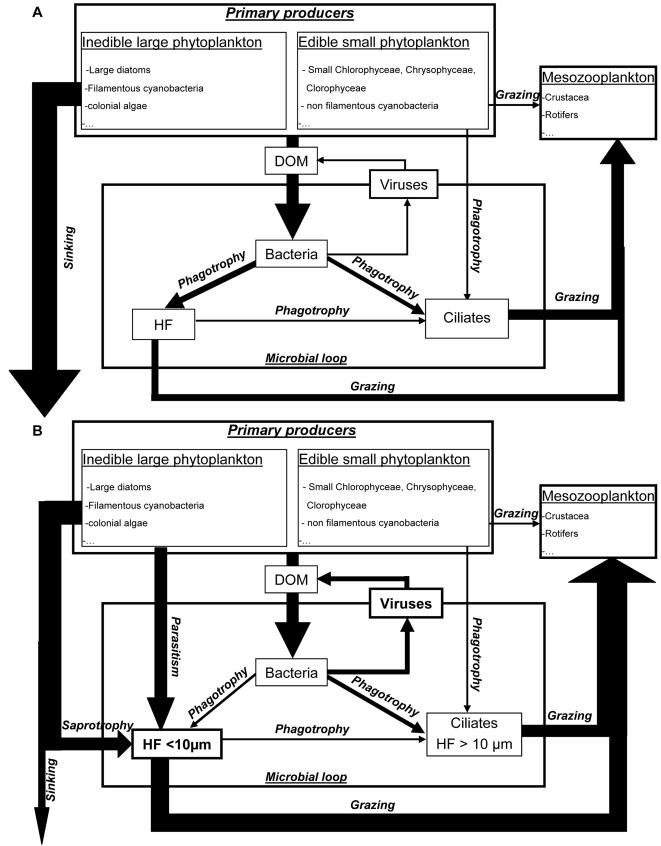Figure 4. Conceptual models of carbon flows between primary producers, grazing zooplankton, and microorganisms in pelagic ecosystems.
(A) Classical model where heterotrophic flagellates (HF) are considered as a unique functional community of bacterial grazers, i.e. the ‘bacterivore-dominated HF hypothesis’. A substancial part of the primary production is not grazed by mesozooplankton but either used by the microbial loop or lost by sinking. (B) Proposed conceptual model based on the new ‘parasite/saprotroph-dominated HF hypothesis’. In this model, heterotrophic flagellates are shared into HF <10 µm and HF >10 µm, the former comprising the whole HF trophic strategies (i.e. parasitism, saprotroph, and bacterivory) that are responsible for the incorporation of sinking matter into microbial food webs and its tranfer to the higher trophic levels. The differences in the thickness of the arrows represent the preferential carbon pathways, although no quantitative data are yet avalaible.

